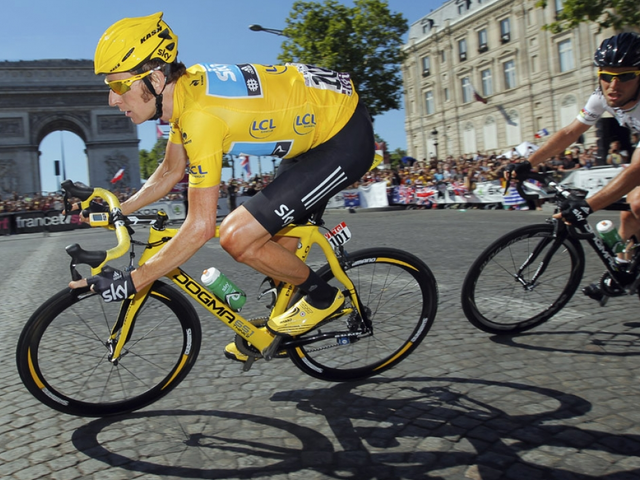Training for Mountain Biking
When talking about training, the systematic practice of exercises to improve sport-specific abilities. Also known as workout planning, it forms the backbone of riding success. In the world of mountain biking, off‑road cycling that demands technical skill and physical stamina, training isn’t just about logging miles – it’s a blend of endurance, strength and technique work that prepares you for steep climbs, fast descents, and long rides in the hills of Lanarkshire.
One key semantic link is that training encompasses endurance training, steady‑state rides and interval sessions that boost cardiovascular capacity. At the same time, strength training, targeted gym work that builds leg and core power influences how well you can handle technical sections and maintain speed on climbs. Another triple that matters is: mountain biking requires strength training, and proper bike setup supports the gains you earn from both endurance and strength work.
Key Aspects of Effective MTB Training
First, think about your base rides. Aim for 2–3 sessions per week at a comfortable pace, ranging from 45 to 90 minutes. This builds the aerobic foundation every rider needs. Mix in hill repeats – short bursts up a steep gradient, then easy pedalling back down – to blend endurance with power. Second, add a dedicated strength day. Squats, lunges, and deadlifts translate directly to stronger pedal strokes and better control on rough terrain. Don’t forget core work; a solid midsection keeps you stable on bumpy trails and reduces fatigue.
Third, consider skill drills. Even the best‑conditioned rider can lose time if bike handling is weak. Practice cornering, braking, and navigating obstacles at low speed before you crank up intensity. Finally, restore wisely. After hard rides, a 10‑20 minute cool‑down, followed by stretching or foam rolling, helps muscles recover and preps you for the next session. Hydration and nutritious food – especially carbs and protein within 30 minutes post‑ride – are essential to replenish glycogen and support muscle repair.
All these pieces—endurance rides, strength sessions, skill drills and recovery—fit together like a puzzle. When you line them up correctly, you’ll notice smoother climbs, steadier descents, and more confidence on any trail you tackle. Below you’ll find a range of articles that dive deeper into each of these areas, from interval planning to bike‑fit tips, giving you practical steps to level up your riding game.

What's it like to train and race as a pro cyclist for a year?
Being a professional cyclist is an incredibly demanding job both physically and mentally. It involves a lot of training, racing and recovery. During a year as a pro cyclist, a person is likely to train for up to 25 hours a week and race for about 70 days. Races can range from short, flat stages to long, mountainous ones. Recovery is an essential part of being a professional cyclist, with rest, massage and diet all playing important roles. Ultimately, being a professional cyclist is a rewarding experience, allowing one to see the world, make friends and push the limits of physical and mental endurance.
Read More



